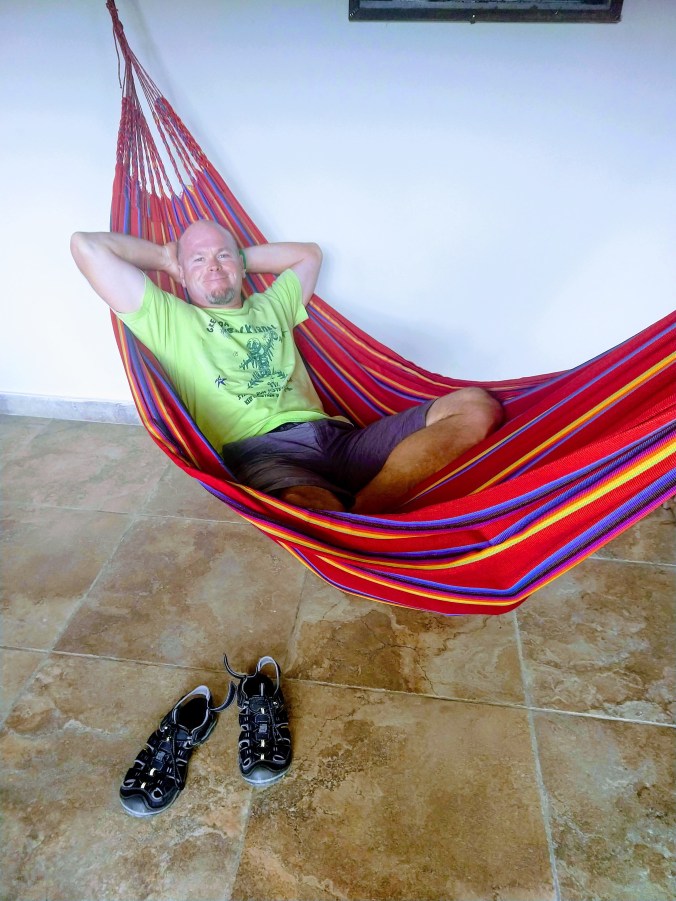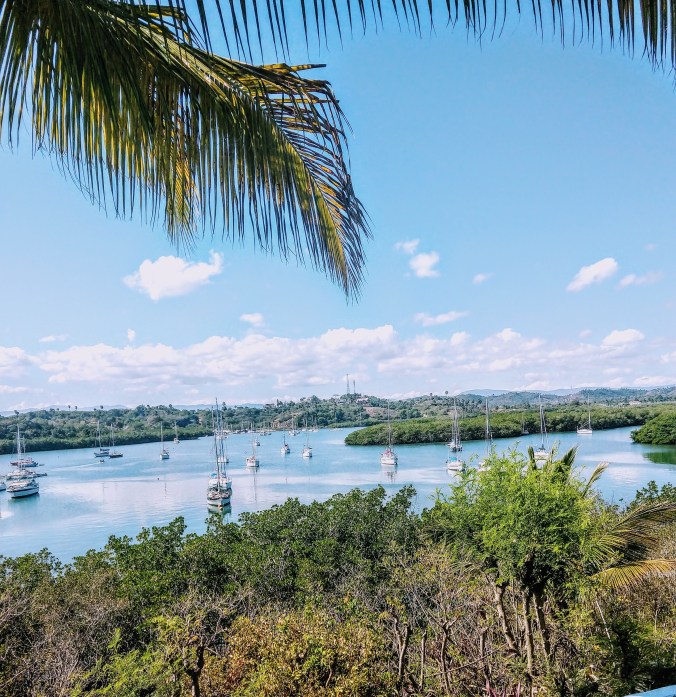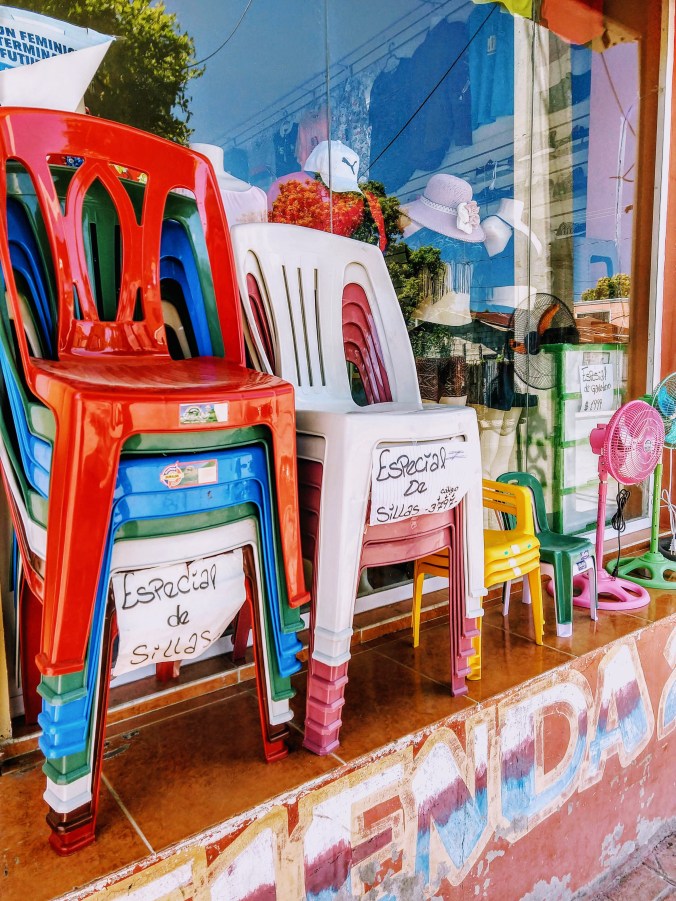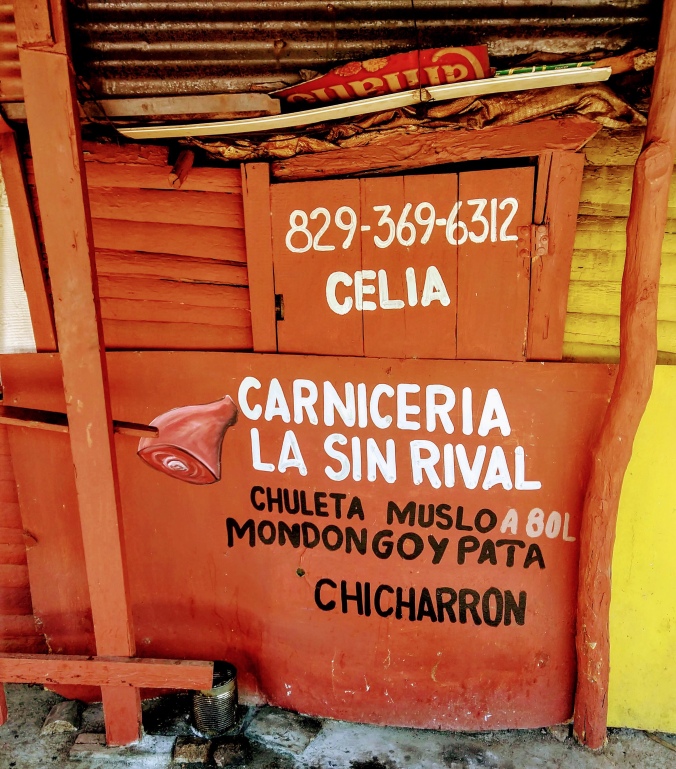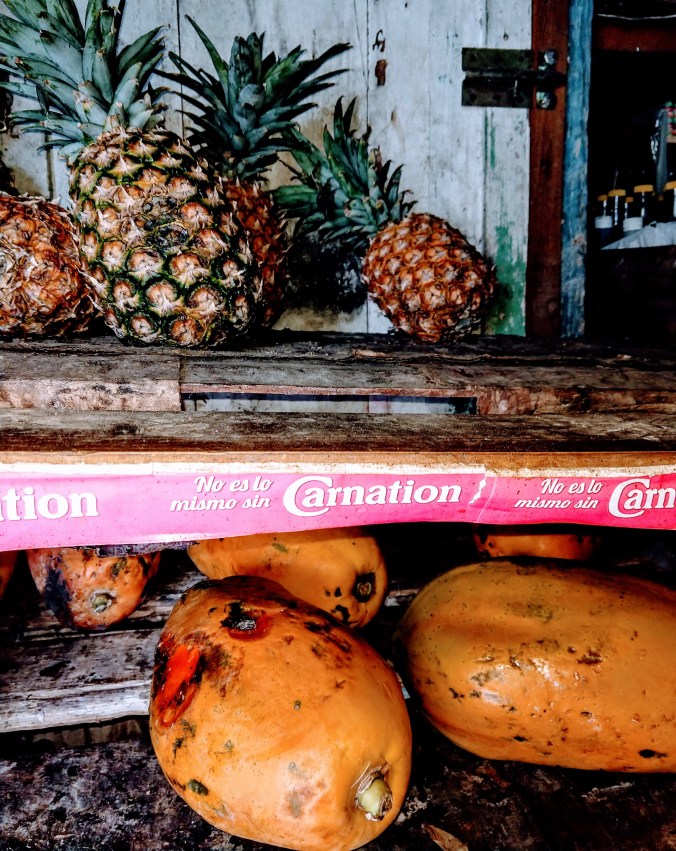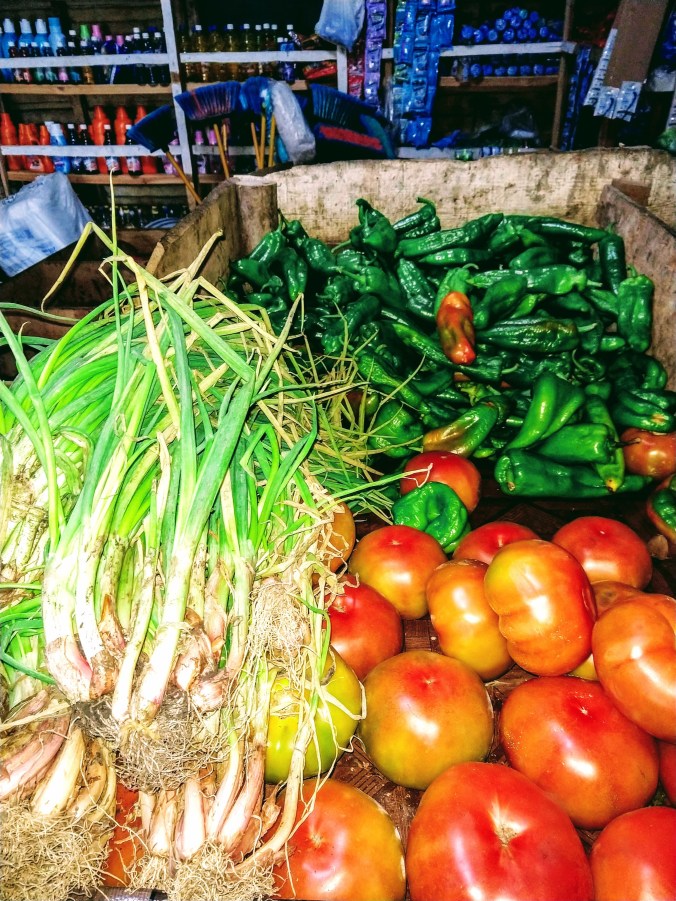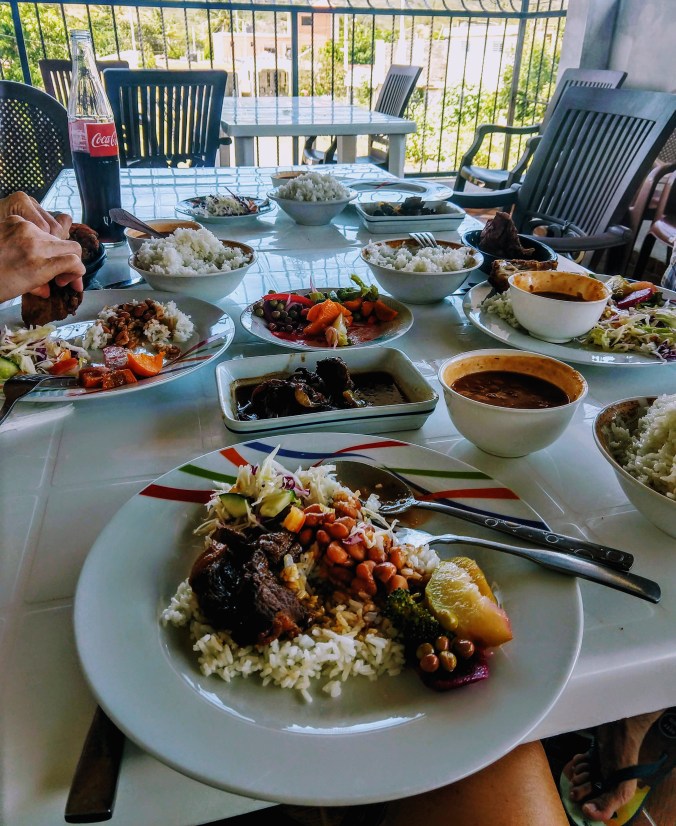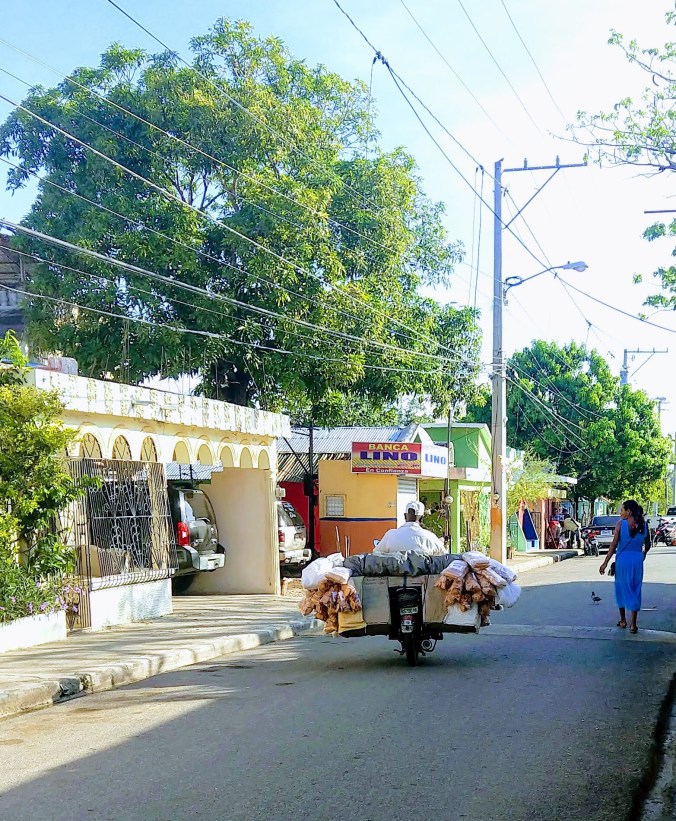I’d heard so much about Samaná…..that much of the peninsula is National Park. That the most beautiful beaches in the Dominican Republic can be found here. That this is where Dominicans come to vacation. So I was really looking forward to seeing it for myself! From El Valle, it was an easy trip around the Samaná peninsula to the Puerto Bahia Marina – we even got to sail downwind for a change!
We checked into the marina and took a look around, and I was blown away. This is easily the most beautiful marina Sanitas has ever visited, and at $1 per foot, it’s the cost of a dump in Florida. I seriously contemplated giving up our cruising plans for the rest of the season and moving in permanently, taking up residence by the infinity pool.
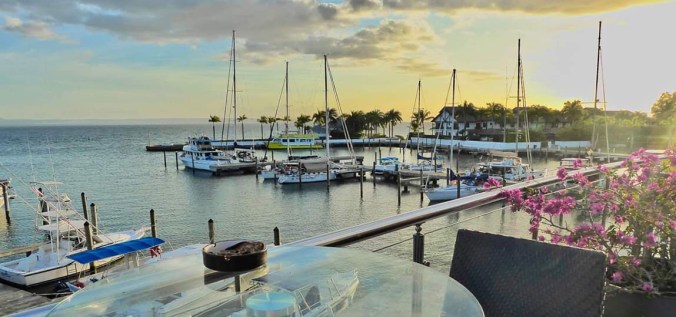


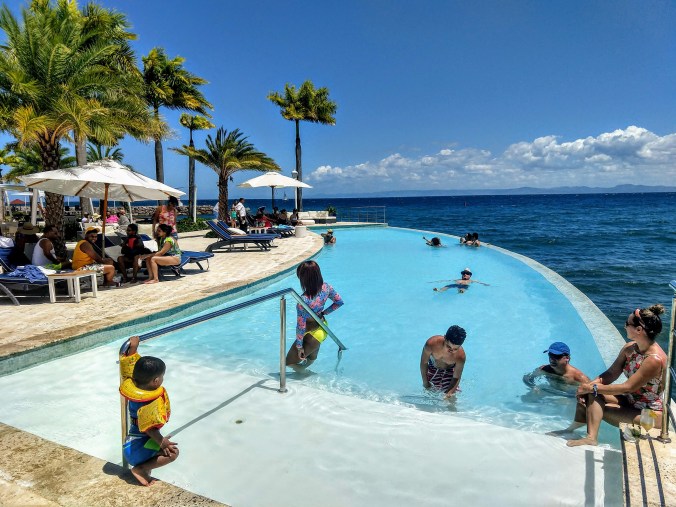
But I can’t laze around forever. While staying at the marina, Capt. Mike and I did get some good boat projects done. He equalized the house batteries to improve their charging performance, and I put a couple more coats of cetol on the teak in the cockpit. We also explored the town of Santa Barbara de Samaná, shopping in the lively markets and walking the Bridge to Nowhere. The bridge was built back in the ’70s to connect two small islands to the mainland in support of a restaurant and casino complex. Well the money must have run out, because nothing ever got built. Leaving the most amazing pedestrian bridge I’ve ever seen that provides no real purpose except exercise and beauty. If we stayed close to town, I’d have walked it every day!

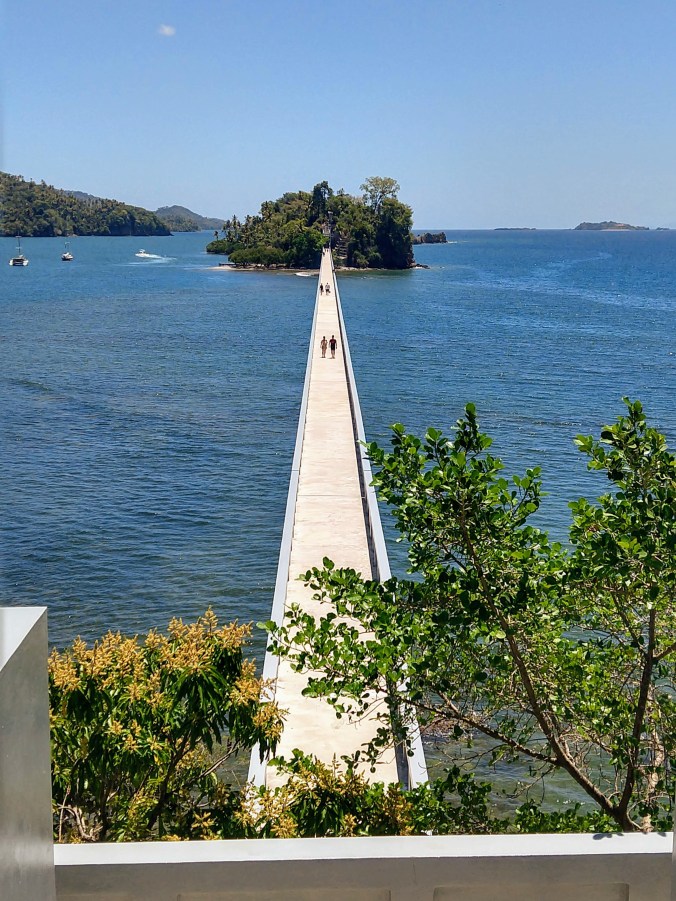


We went in with a few other cruisers to share a rental car for the week. On our day to use it, we joined Carl and Ardys of SV Northernstar and went on an excursion to see the waterfall of El Limon. We’d heard that the touts here were aggressive, but the reality was a bit ridiculous. As we approached Limon, a guy on a motorbike latched onto us and wouldn’t let us out of his sight until we stopped the car at his family’s business. I know what you’re thinking – why didn’t you just ignore him? But wherever we drove, he zoomed out in front of us and “led” us to the next turn. When we passed the waterfall and kept on toward town hoping he would get bored and give up, he didn’t. He followed us, explaining the various trail heads and park entrances and tagged along again when we turned around. Oh well, we had to park somewhere, so it might as well be his lot. Ardys loves horses, so she and Carl decided to ride to the waterfall. That looked like fun, although we had to laugh at how huge Carl looked on his little bitty horse.

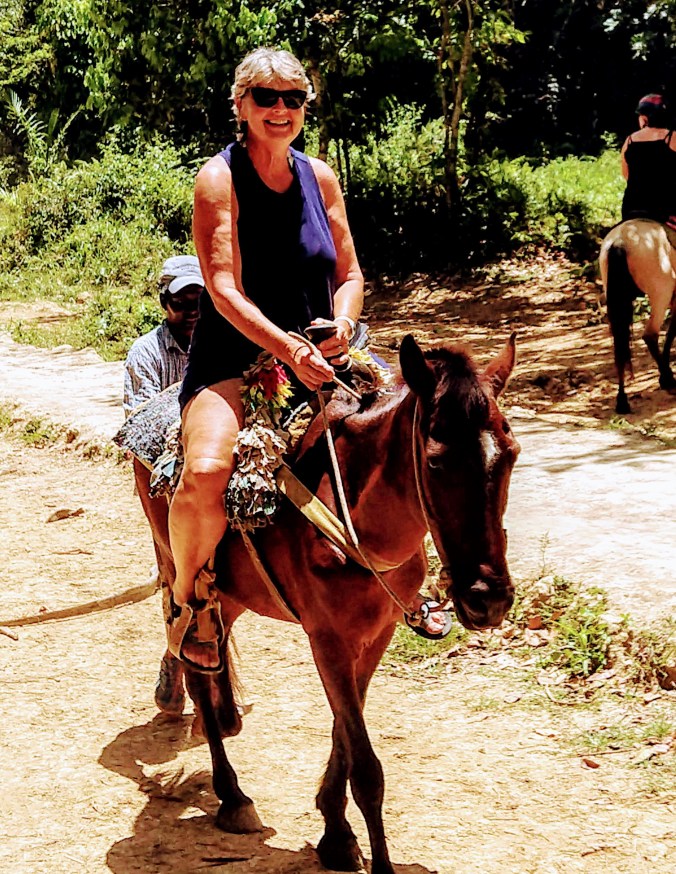

Mike and I hiked, which was beautiful but somewhat challenging with short but steep ups and downs. Or perhaps we really are that out of shape. At the top, we paid 50 pesos each to enter the park and climbed down a steep flight of stairs to the pool at the bottom of a huge waterfall! Gorgeous! We had a great time swimming in the pool and ducking under the waterfall spray. Although, I couldn’t remember the last time I swam in fresh water – you don’t float nearly as well as in salt water. I almost drowned while trying to take a floating selfie.
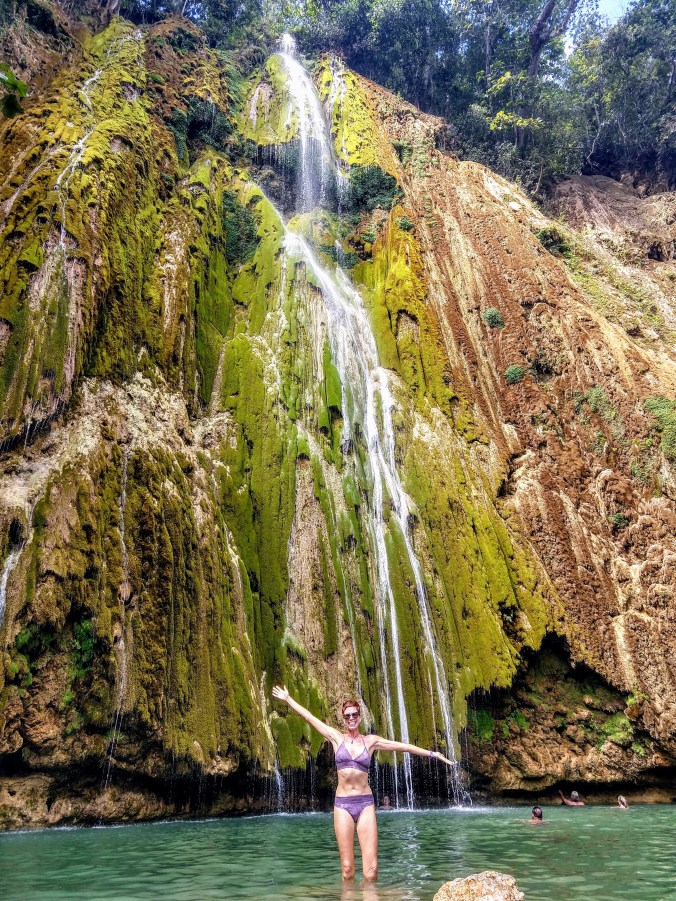
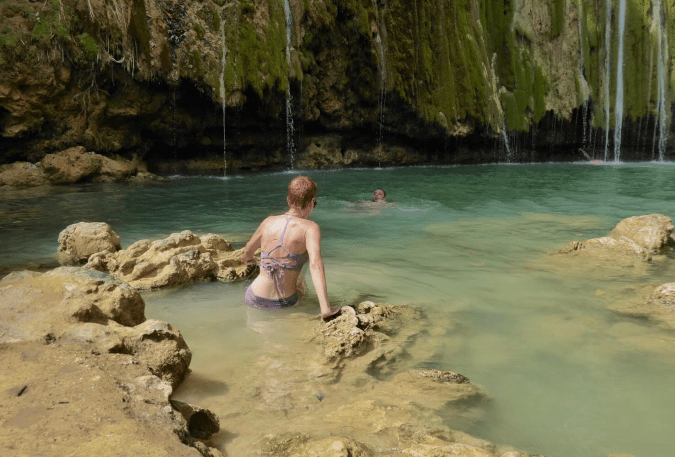


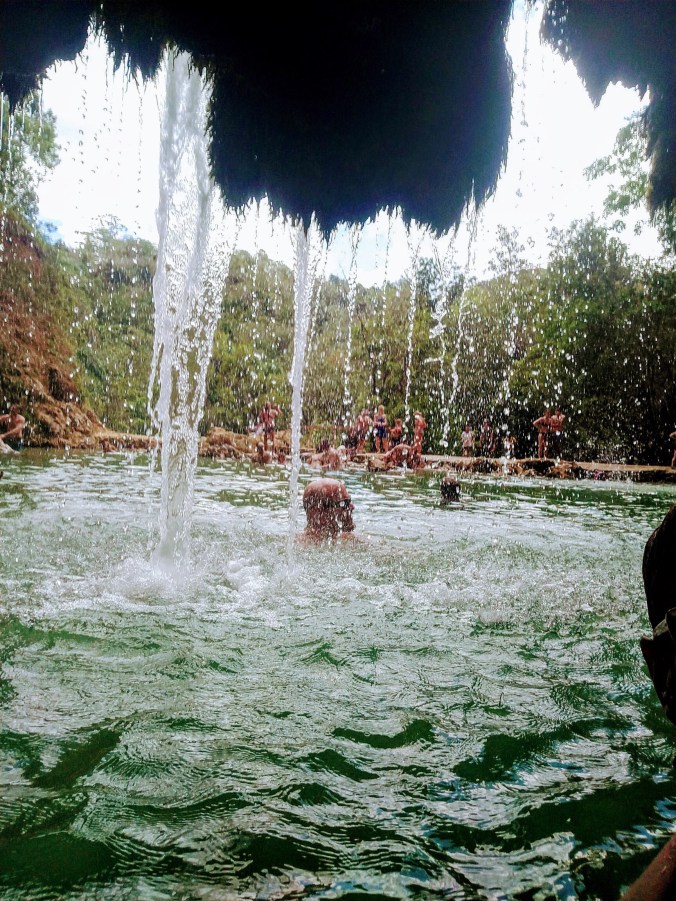
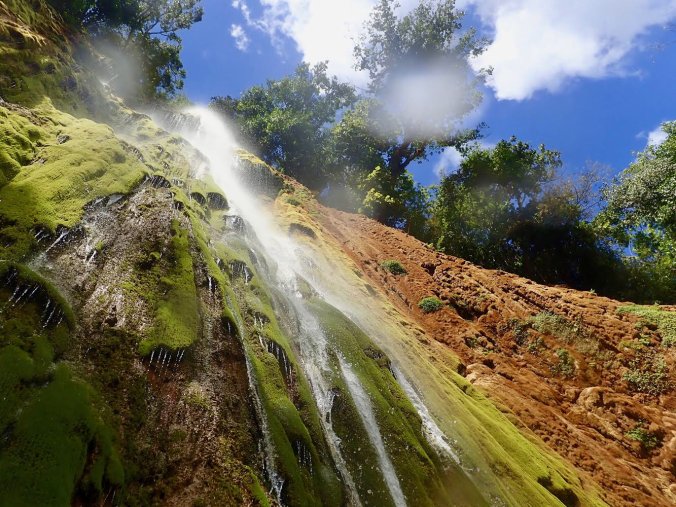
After lunch in Limon, we continued north to explore the beaches around Las Terrenas. The map described a fishing village, but now I think they make their money by catching tourists! We drove through a super busy small city with hotels, restaurants, and souvenir shops everywhere. After a few wrong turns and one-way streets, we finally broke free from town and with relief, pulled over to park on the side of the road at Playa Las Ballenas, or Whale Beach. We had started to get spoiled by the beauty of Dominican beaches, but this one was particularly nice! The perfect blend of soft sand and calm water, with a line of sophisticated beach bars calling to us when we got tired of walking and swimming.


I cheated on my pina colada pineapple with a coco loco. You gotta mix it up every now and then 😀





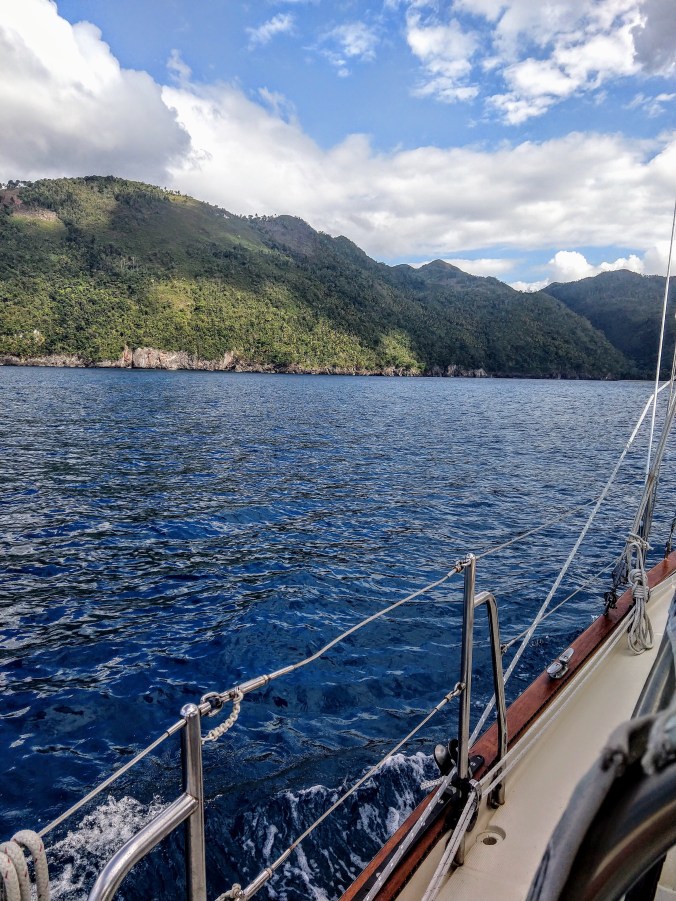

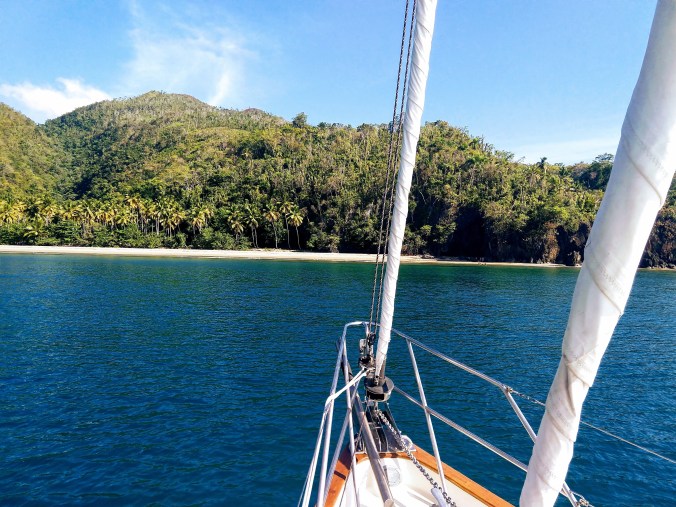
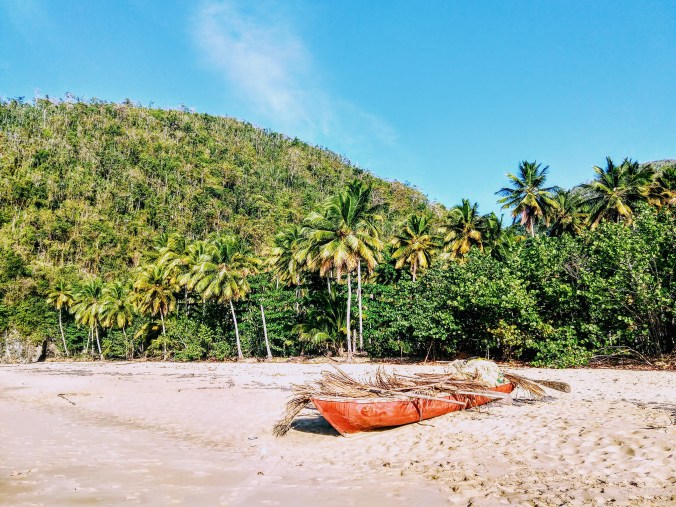

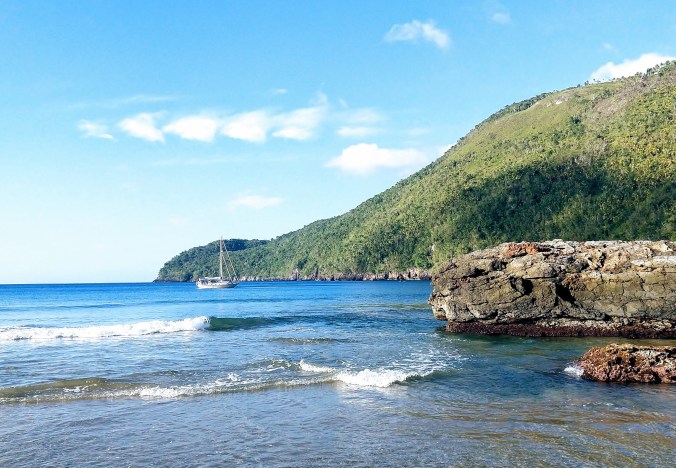
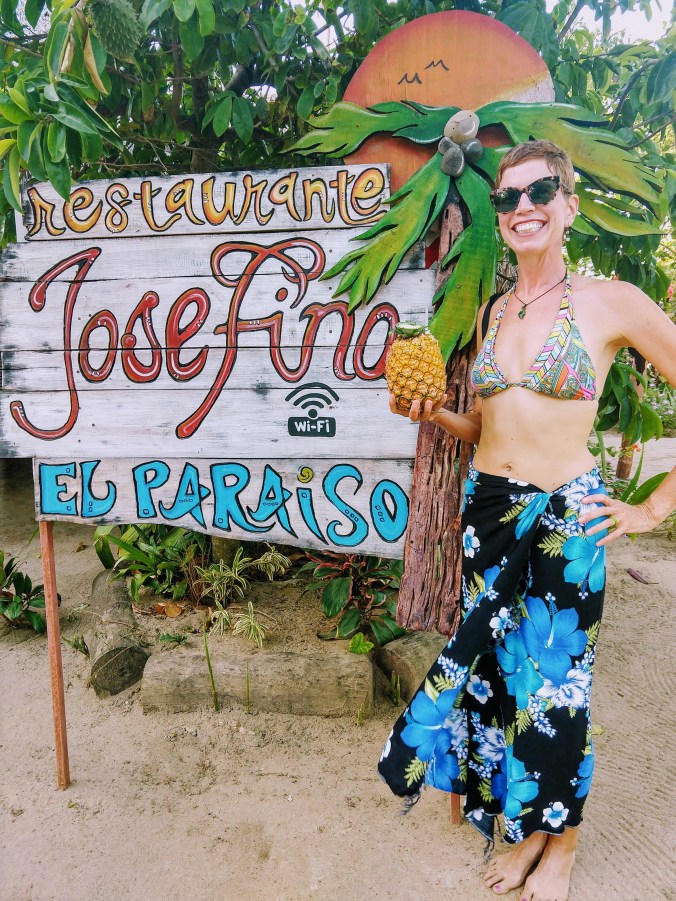
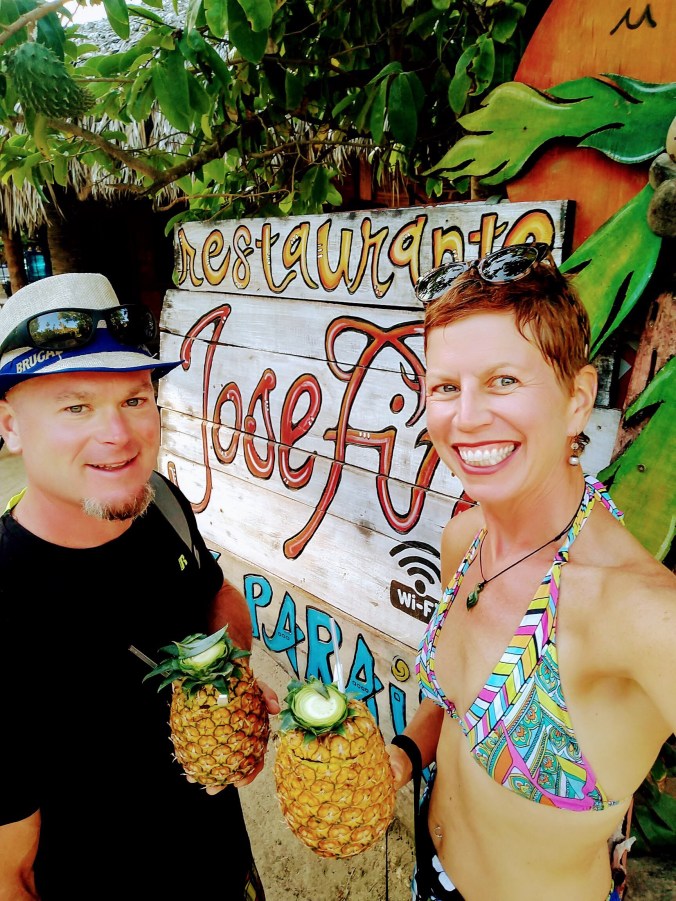

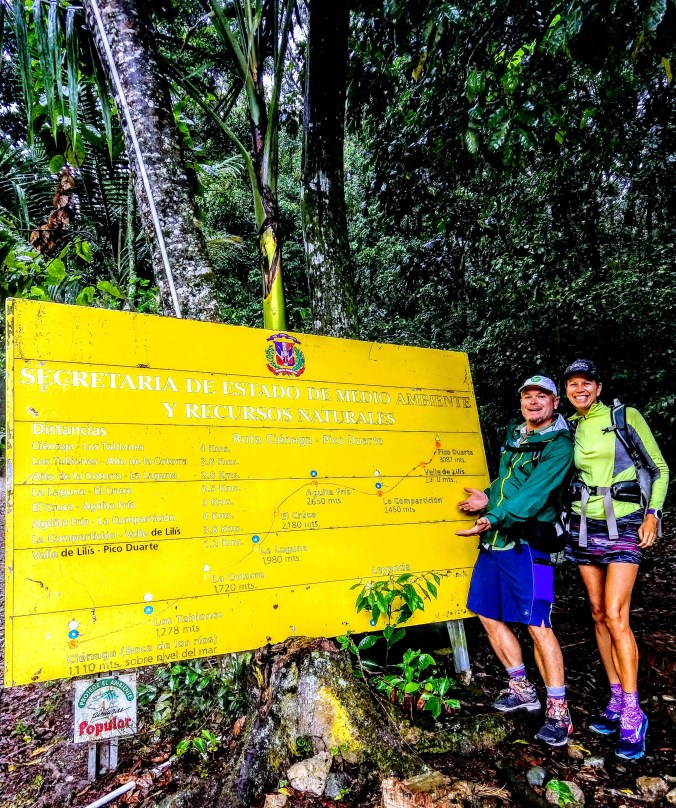

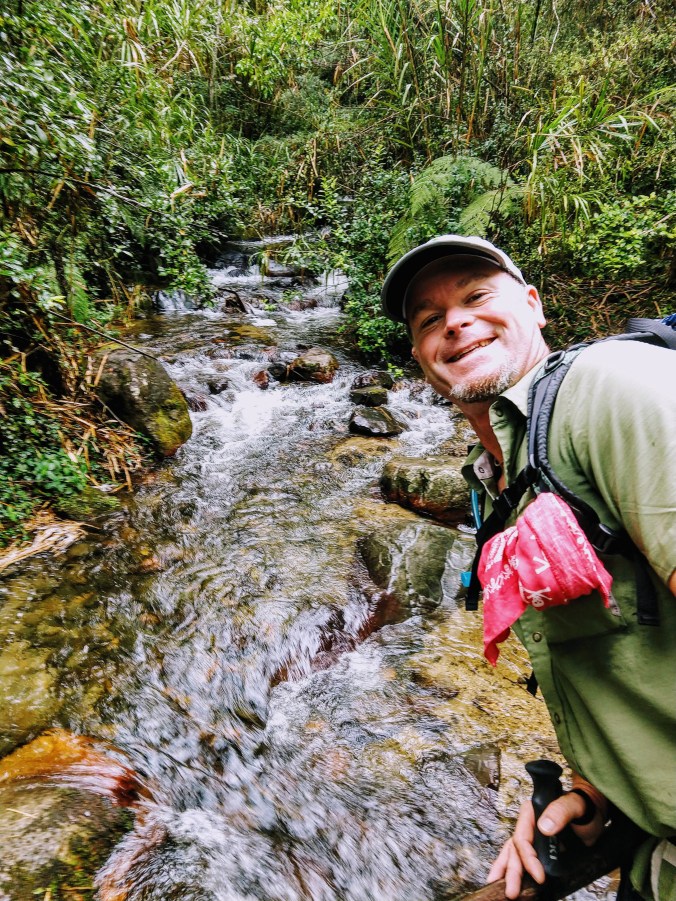
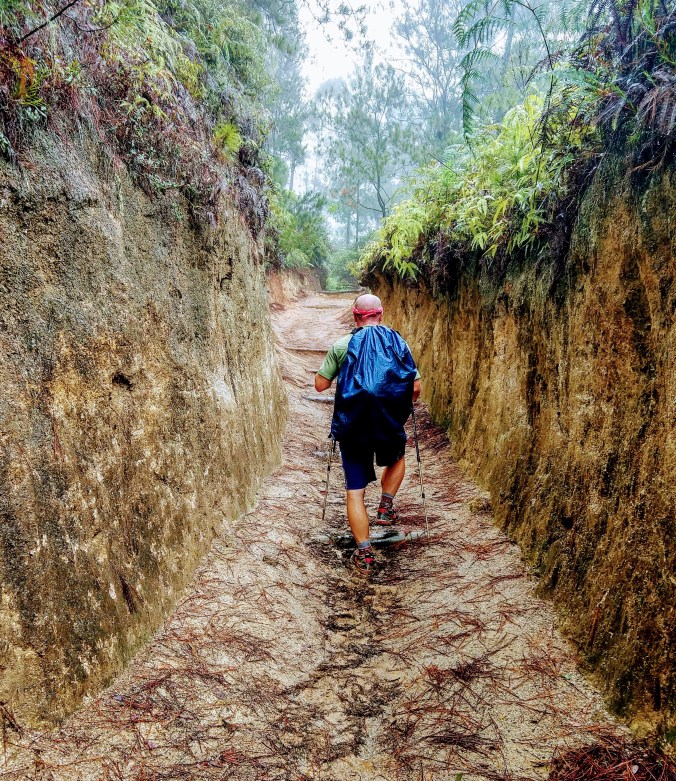


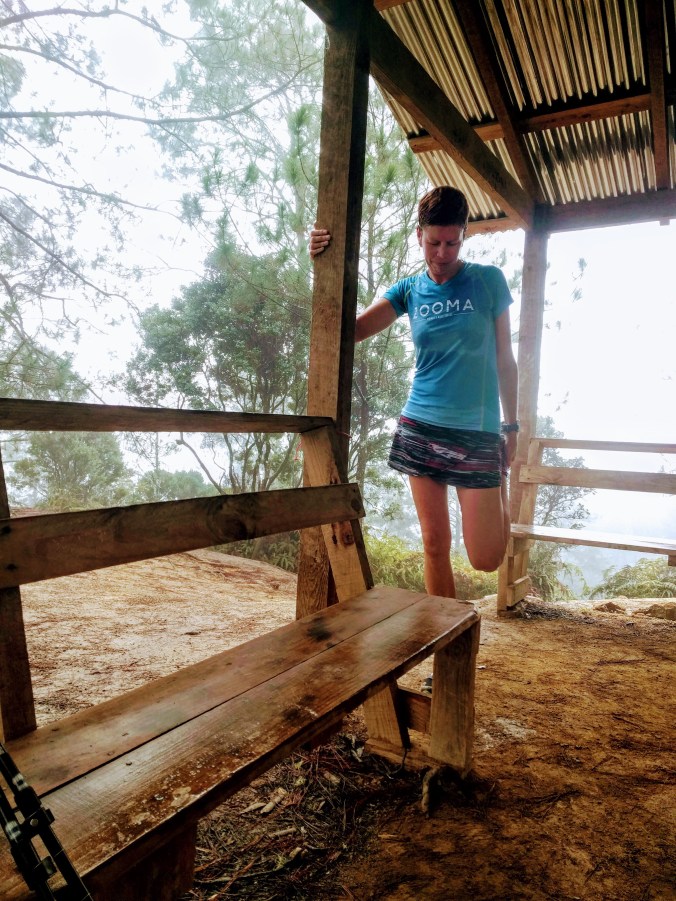
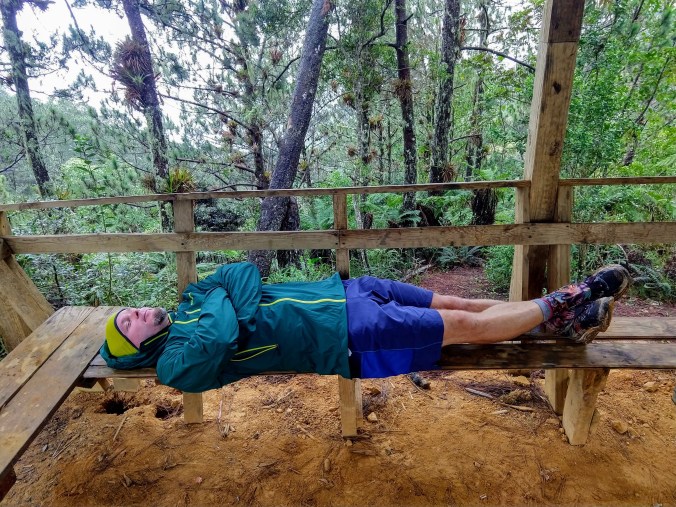


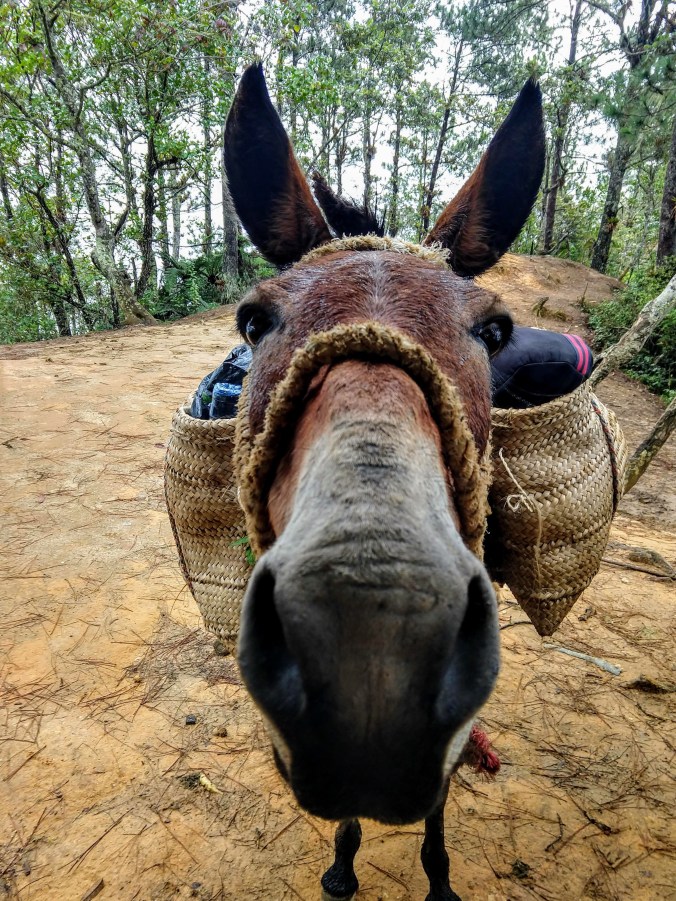



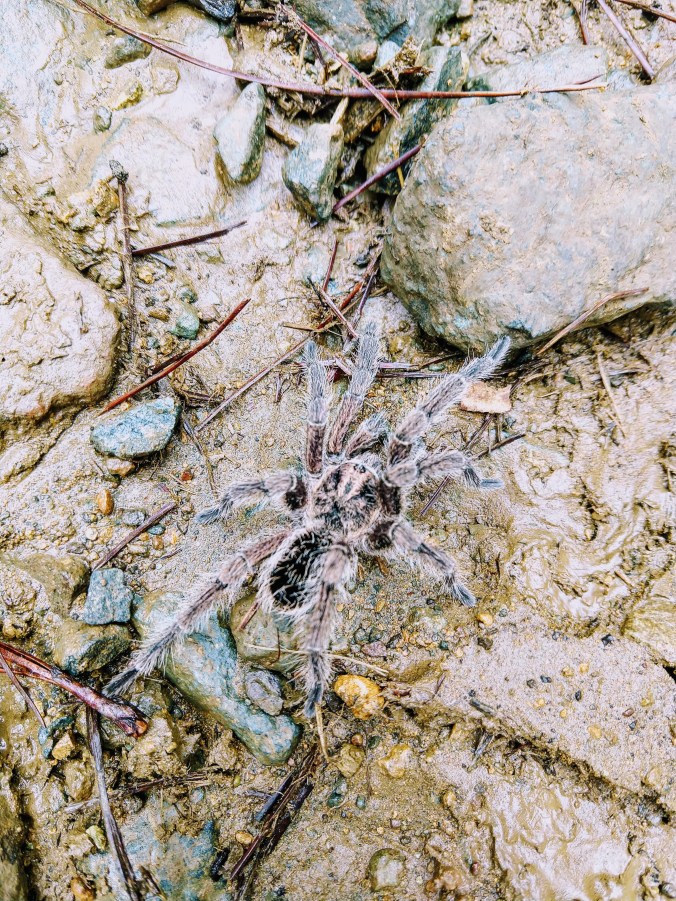
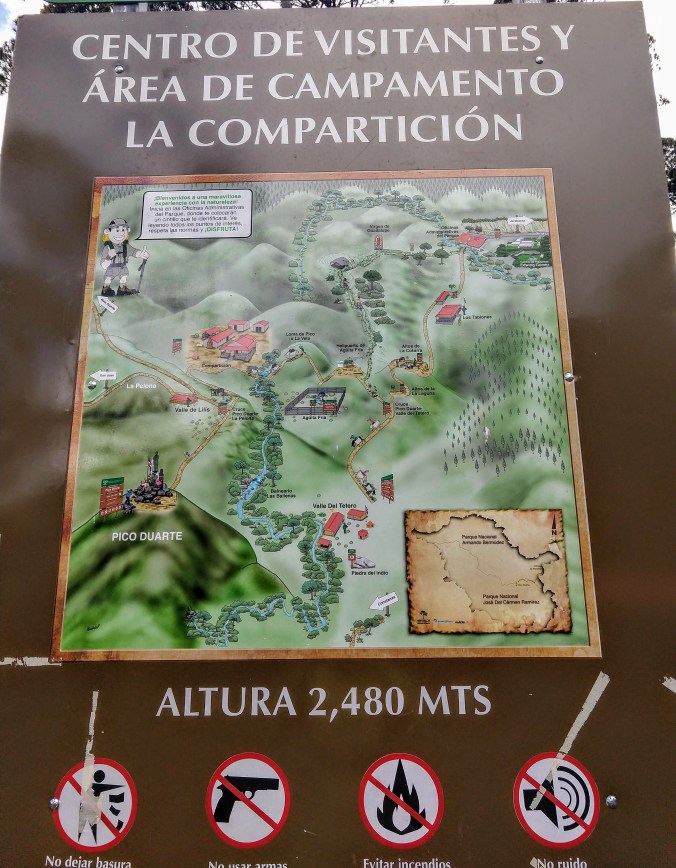






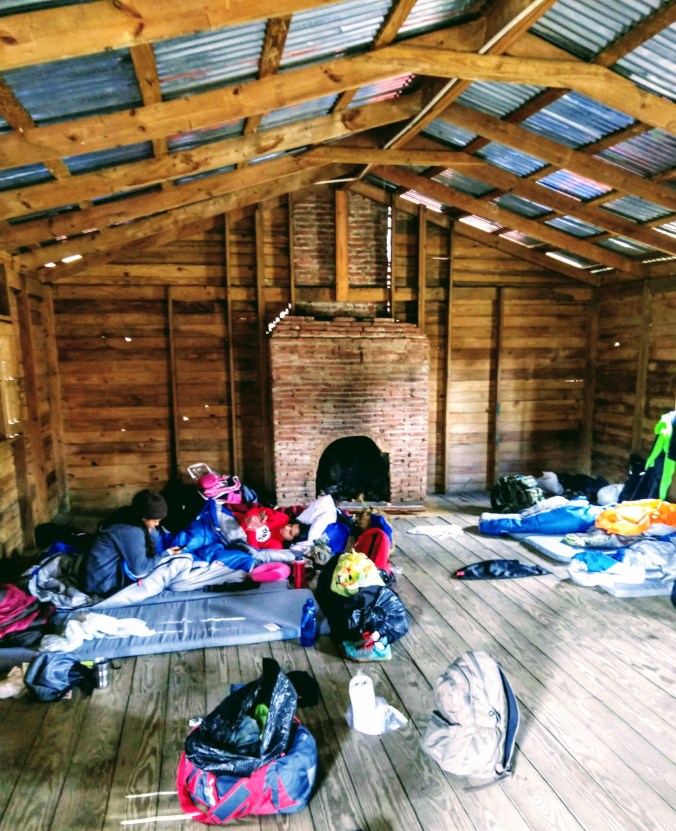


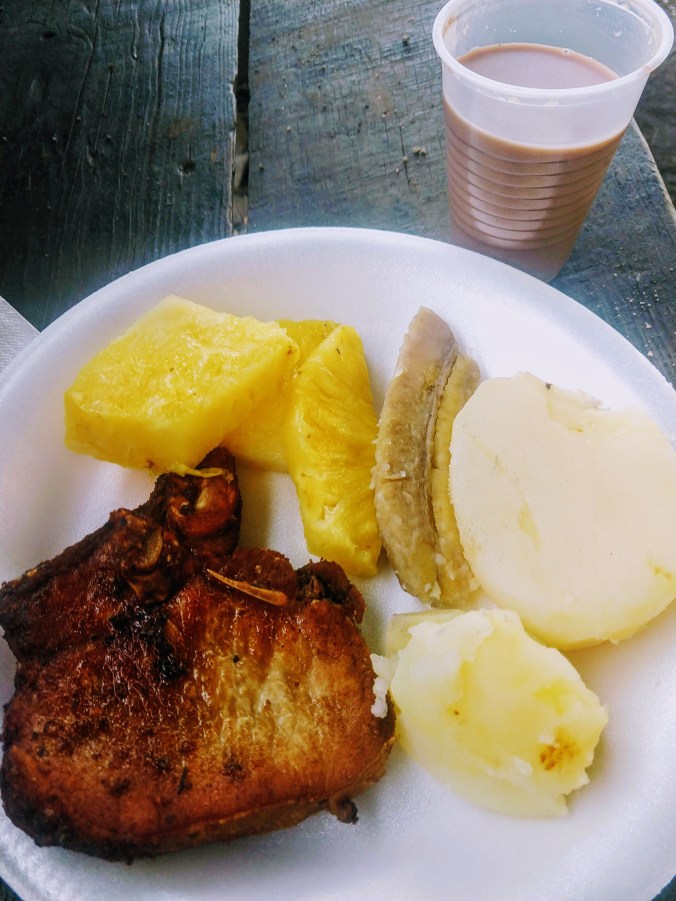




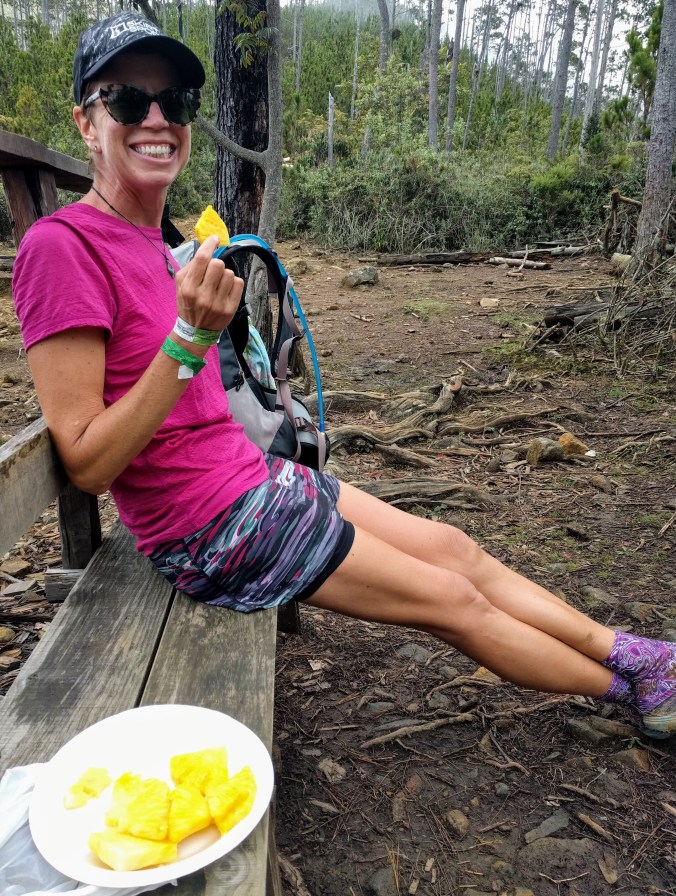


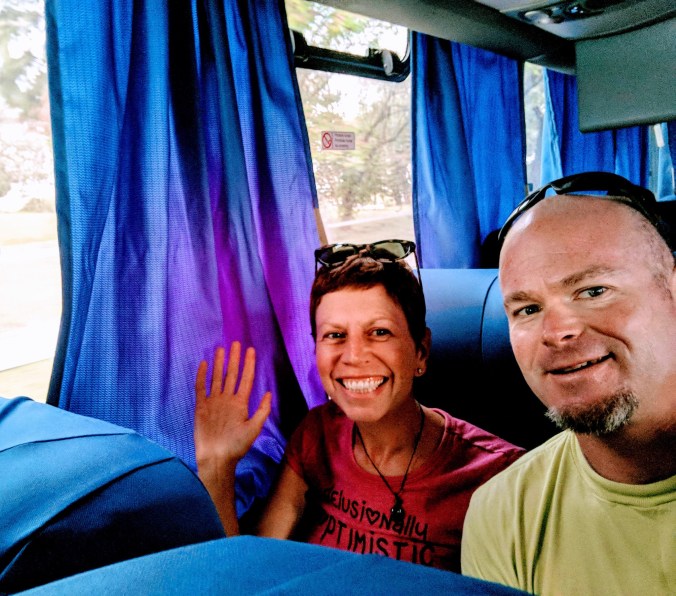
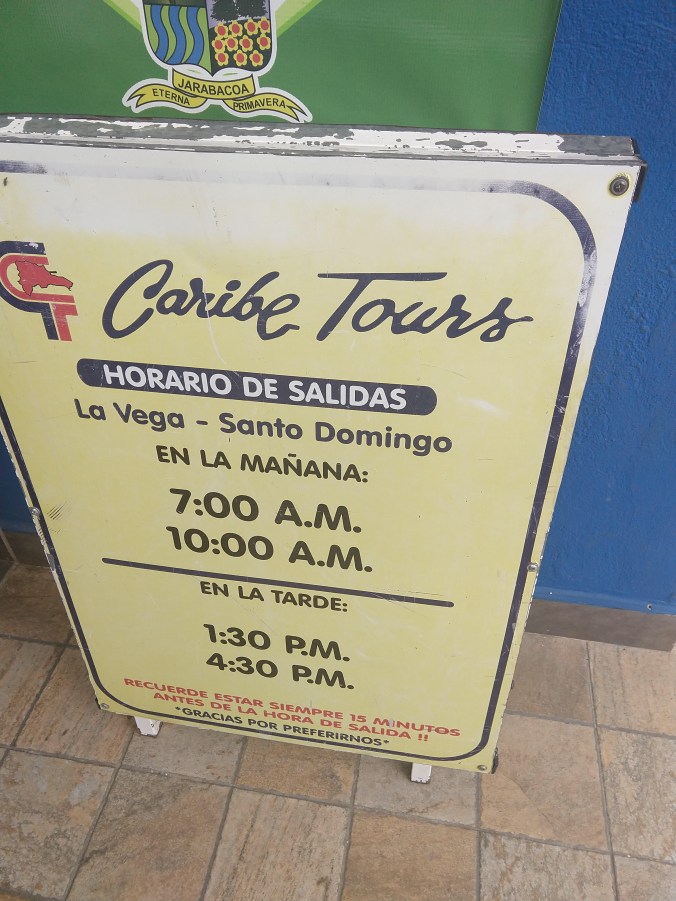

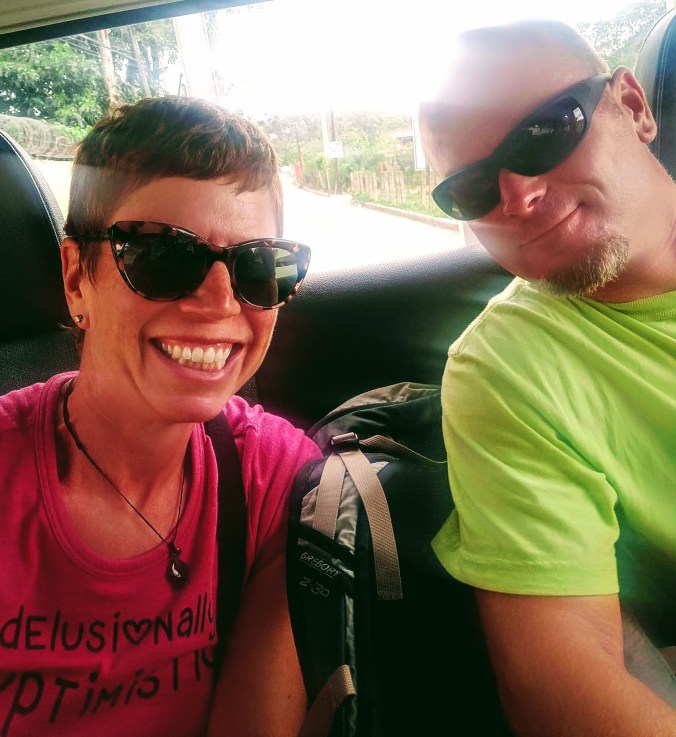
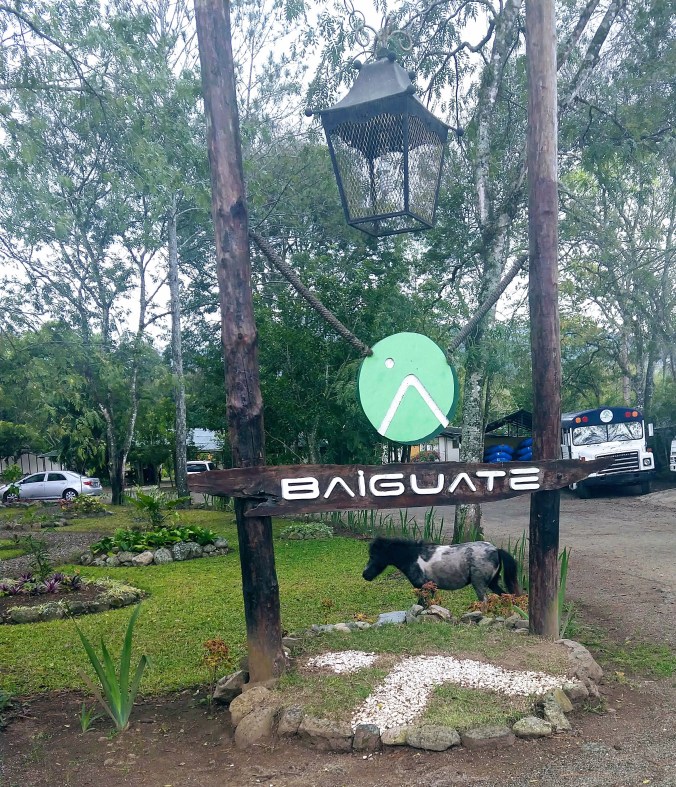
 l
l